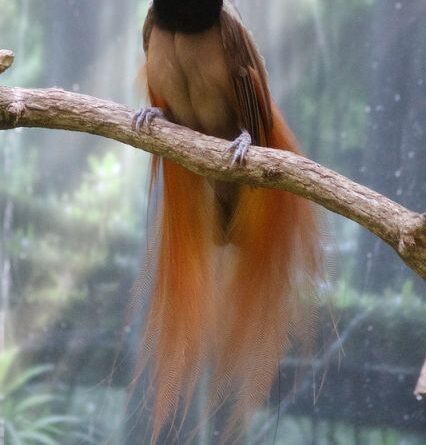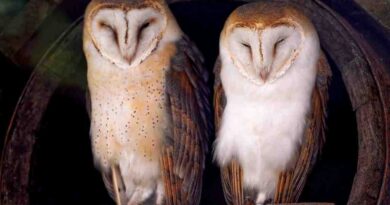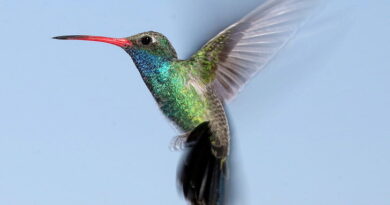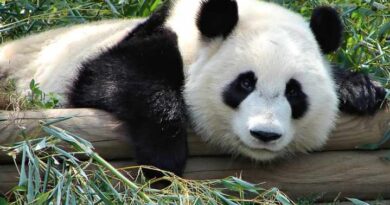Birds of Paradise
Birds of Paradise are large perching birds with beautifully coloured and intricately designed plumes that they exhibit in flight. Bowerbirds are closely related to them. The size of birds of paradise varies from 5 to 40 inches (13 to 100 cm). Their legs and feet are thick, and their tails range in length from small and square to long and wire-like. The bill might be long, thin, and sickle-shaped, or it can be rather hefty with or without a hooked tip. In some species, the sexes are nearly identical, but in others, sexual dimorphism in plumage is so extreme that each sex was once classified as a separate species. New Guinea’s woods and adjacent islands are home to birds of paradise. Northern Australia and the Moluccas have a few species. They eat mostly fruit, but they also eat spiders, tree frogs, lizards, and other tiny animals that live in this area.
The birds of paradise with less intricate plumage have black plumage with little or no adornment. Both the male and female of the Moluccas’ Paradise Crow or Silky Crow are blackish with no decorative feathers. ln The bird of paradise of Princess Loria Loria has two sexes: the female is a dull olive-brown colour, while the male is black with iridescent patches on its wings and face. The females of the more ornate species are dull brown or grey. The male has intricate crests or long plumes on the body or tail, and the 12-wired bird of paradise is one of the more decorative kinds. The male Salem-Mix melanoleuca is black and yellow, with yellow feathers on the flanks that curve forward and culminate in 6 inch (15 cm) tips. Long curls adorn the King Bird of Paradise. The wire-like middle tail feathers have ‘flags’ at the tips. The body is red on top and white on the bottom. The King of Saxony bird of paradise is another noteworthy species. The male has two long wire-like plumes with little blue “flags” trailing from the head, and is mostly black and yellow. These are twice as long as the birds, at 18 inches (45 cm). The excellent bird of paradise, which is black with a bright bronze, is perhaps the most elaborate and strange. It has a green or mauve sheen and a massive ‘cape’ of long feathers on the nape that is lifted in show.
Males of plainly coloured species, such as Trumpet birds or manucodes, chase females through the trees and display for them, whereas ornate males gather to display in specific locations, sometimes with multiple males in one tree. The combined displays and calls of numerous males are likely to attract more females than the same number of isolated males. Males display by spreading their plumes, flapping their wings, swaying and posing, and even hanging upside down, like in the case of the bigger bird of paradise. The King bird of paradise walks around the undersides of branches, hanging upside down with extended wings. CLASS: Aves, ORDER: Passeriformes, FAMILY: Paradisaeidae



